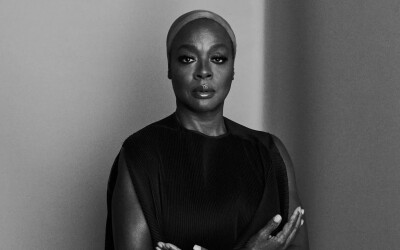While much of the economy is beginning to bounce back, young people — particularly young women — are living a different reality.
A recent report by the Institute for Women’s Policy Research, using the Current Population Survey from the Bureau of Labor Statistics, which has smaller sample sizes but produces faster snapshots of data, found that the rates of disconnected young people jumped sharply from 2019 to 2020 among Black, Latina and Native American women.
Though the rates during that period jumped for young men, too, it is noteworthy that before the pandemic the rate of disconnection among young women was dropping faster than for men. In 2015, it was 16 percent for young women compared with 14.8 percent of men. By 2019, women had somewhat closed that gap — 13.5 percent of women were disconnected compared with 12.9 percent of men. Then in 2020, the rate for both men and women shot up to 17 percent.
The number of disconnected youth over all had been steadily declining, to 4.3 million people in 2018 from a peak of 6 million in 2008, according to Measure of America, a project by the Social Science Research Council, a nonprofit that published its latest report on disconnection last summer.
The unemployment rate for young women is now down to 9 percent — lower than the rate for young men, which is at 12 percent, but still higher than the overall U.S. unemployment rate of 6 percent. But that doesn’t mean young women are necessarily faring much better now than they were earlier in the pandemic.
Because many young women have stopped looking for work, they’re not counted in unemployment numbers. Roughly 18 percent of the 1.9 million women who have left the work force completely since last February — or about 360,000 — were 16 to 24, according to an analysis of seasonally unadjusted numbers by the National Women’s Law Center.



